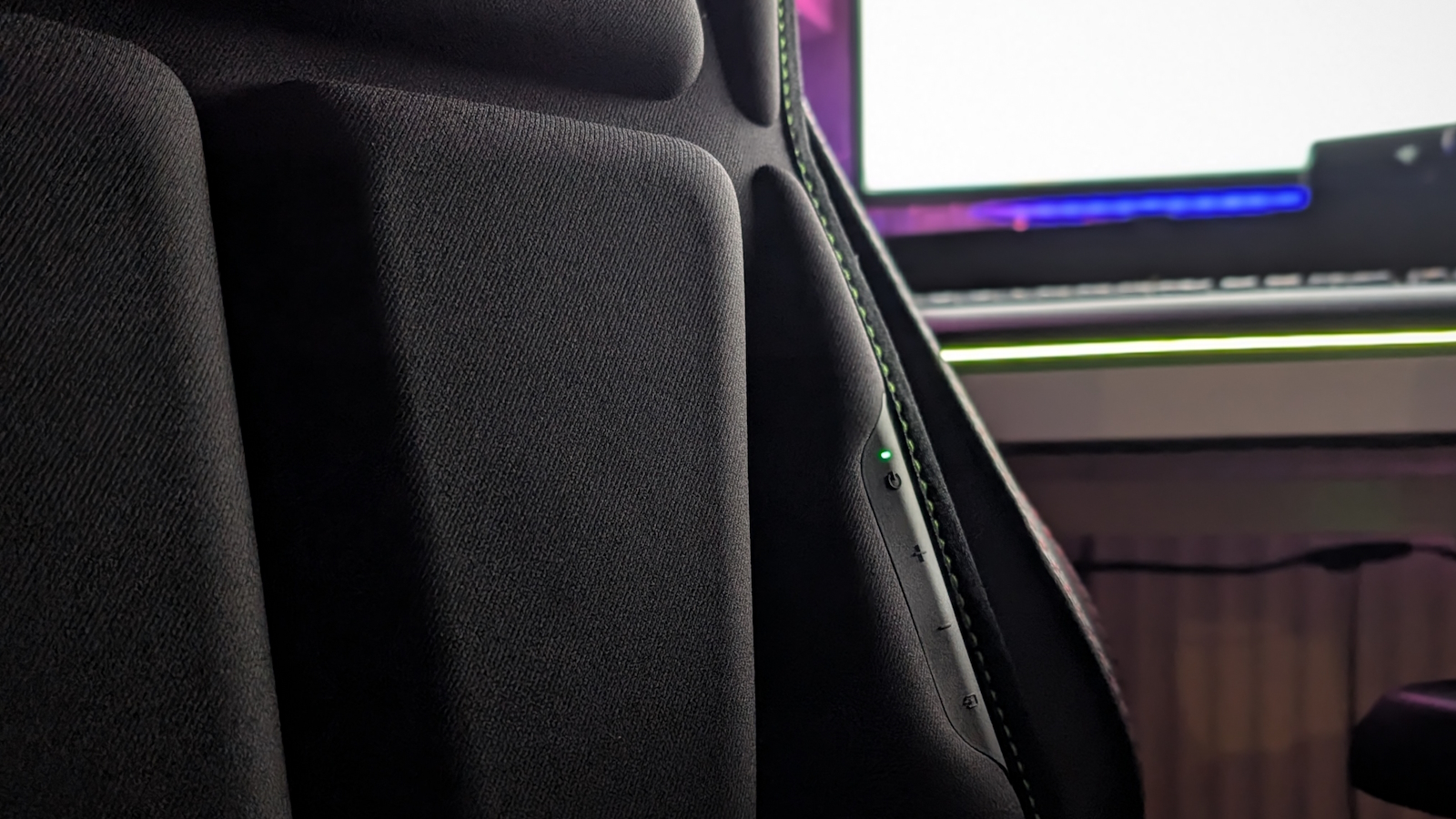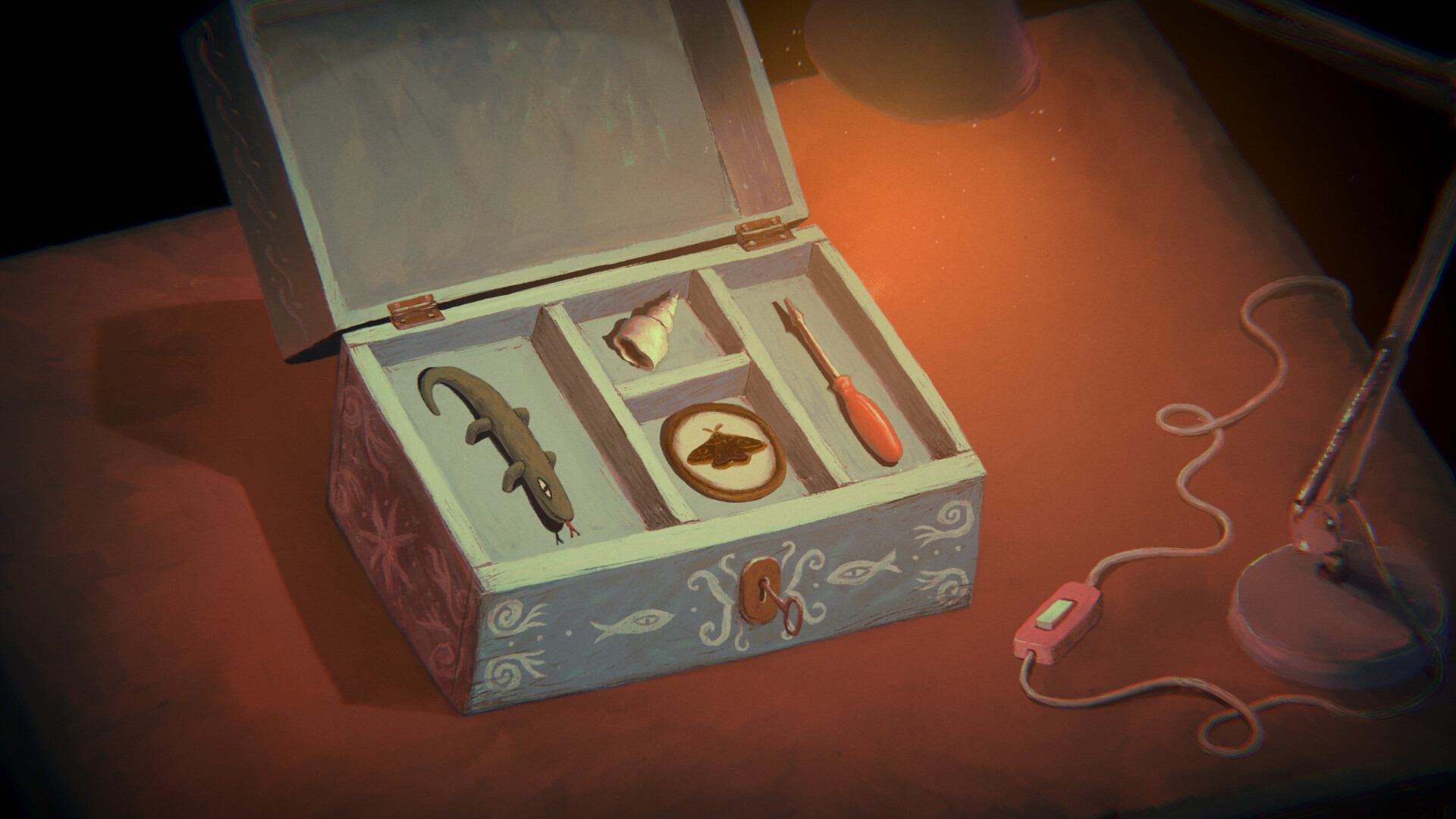Dragon Age: The Veilguard might be good or bad, depending who you ask on the PC Gamer team—we’re a little split on it, a downright smorgasbord of varying levels of grumpy and old about the entire thing. While the game unhappily comes saddled with the usual pre-order bonus nonsense, it’s still a relief to me that this thing isn’t a live service game—because it very well could’ve been.
Dragon Age: The Veilguard was, initially, supposed to have substantial multiplayer live service components. However, after the catastrophic failures of BioWare’s Anthem, EA decided to strip the in-progress sequel of all its multiplayer mechanics, focusing instead on making a single-player RPG.
Which, even not knowing much about the innards of game development myself, sounds like a pretty big operation. Speaking with IGN, studio general manager Gary McKay and director Corinne Busche confirm that, yes, yes it is.
“Of course,” McKay says, “As a multiplayer concept, the battle system at that time was oriented around, ‘What is it like to play with other players?’ And as you can imagine, things like companions weren’t nearly as at the forefront as they are now. Your coordination was around other players.”
That’s genuinely interesting to hear—in The Veilguard, we’ve been told that your companions have their own gear, bespoke skill trees, and abilities that are mostly meant to be synergistic with you or each other. Rather than being fully fledged RPG characters under your control, they strike me more as back-up dancers. One has to wonder whether that primer-detonation gameplay is a vestige of the game’s multiplayer roots.
However, McKay maintains that the switch wasn’t a reboot of the game, since it was all early enough in production to be classified as more of a realignment: “I don’t see it as a reboot. No, I don’t see it that way at all. I saw it more about making sure that we are laser-focused on leveraging and leaning into the things that we see as success, things we’ve had success in, and learning from those things that we saw some challenges in.”
Despite that, Busche does say they had to rip a lot of guts out and build the thing back up from the basement level: “Our wonderful narrative writing team had an outline in place of what this story was going to be already. We’d done some of the voice casting already. So those bones still exist today, but from the structure of the game, going to an offline RPG, combat system complete rework, the progression systems are so rich now. That was all from the ground up.”
Which makes sense—mercifully, it seems like The Veilguard was still early-days enough to pivot away from its live service origins back in 2021. Later in the interview, creative director John Epler notes that the story didn’t have much more than an outline and, I’m sensing, a bit of relief that they didn’t have to figure out how to thread the needle of a live-service style story.
“It definitely would have had its challenges … Even when we were still more multiplayer-focused, we did still want to tell a story about Solas. It just became a lot more challenging because, again, multiplayer games and single-player games have different pressures, have different needs as a project, as a story. And once you add other people’s perspectives into it, it becomes even more challenging.”
Mind, I’m still nervous about that bit. I’m a dialogue nut and, as was the case with Final Fantasy 14: Dawntrail, when it tanks in quality it’s the first thing I tend to notice. The demos so far haven’t quite reassured me—neither has our own Lauren Morton, who played about six hours of it and, while she generally had a good time, found it couldn’t escape the sense that the game is “desperate to chew my food for me.” Still, we’ve not seen anywhere near the full picture, and despite everything I’m genuinely excited to find out if the studio’s pulled off its 180 with grace.



